Home>Garden Essentials>How Did Crop Rotation Increase Production In The Agricultural Revolution
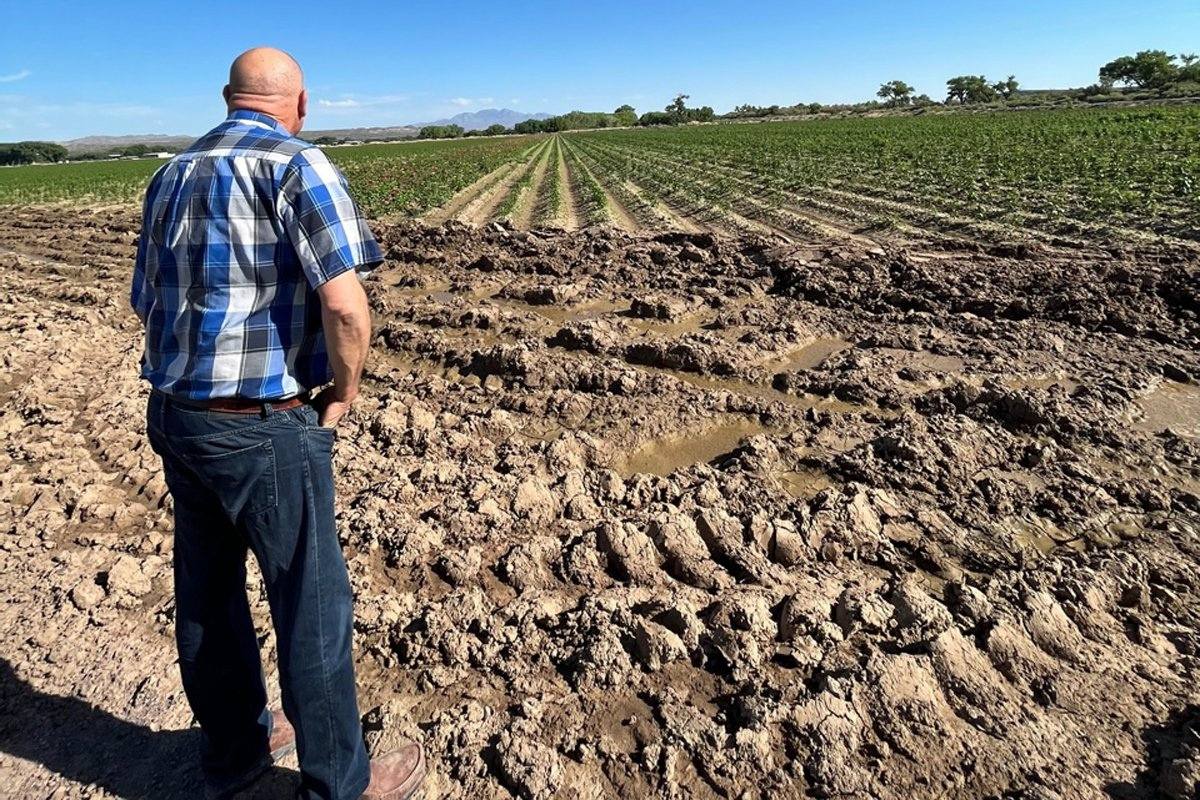

Garden Essentials
How Did Crop Rotation Increase Production In The Agricultural Revolution
Modified: October 28, 2024
Learn the benefits of crop rotation in the agricultural revolution and how it can boost garden production. Discover the key role it plays in improving soil fertility and reducing pests.
(Many of the links in this article redirect to a specific reviewed product. Your purchase of these products through affiliate links helps to generate commission for Storables.com, at no extra cost. Learn more)
Introduction
The Agricultural Revolution, also known as the Neolithic Revolution, marked a significant turning point in human history. It was during this era that humans transitioned from a hunter-gatherer lifestyle to an agricultural one, shifting from a nomadic existence to settled farming communities. One of the key factors that contributed to the success of the Agricultural Revolution was the adoption of crop rotation.
Crop rotation is a method of farming where different crops are grown in a specific sequence over a period of time in the same field. This practice aims to improve soil fertility, increase crop yields, and prevent the buildup of pests and diseases. By rotating crops, farmers can optimize the use of nutrients in the soil and minimize the risk of depleting essential elements required for plant growth.
In this article, we will explore the benefits of crop rotation, both in terms of soil health and increased crop production. We will also delve into historical examples of crop rotation and discuss its modern applications and techniques.
By understanding the impact of crop rotation, we can gain insights into how it revolutionized agriculture and contributed to the sustenance of growing populations throughout history. So, let’s dive deeper into the world of crop rotation and uncover its secrets to success in the Agricultural Revolution.
Key Takeaways:
- Crop rotation, a farming technique from ancient times to modern days, helps soil stay healthy, manage pests, and increase crop yields. It’s like giving the soil a balanced diet and protecting it from bad bugs!
- By changing the types of crops grown in a field over time, farmers can keep the soil happy and make more food. It’s like a natural way to help the earth stay strong and produce lots of yummy plants!
Overview of the Agricultural Revolution
The Agricultural Revolution, which occurred around 10,000 years ago, marked a pivotal moment in human civilization. It was a period of dramatic change as humans transitioned from a nomadic lifestyle of hunting and gathering to a settled agricultural existence.
This revolution transformed societies by introducing the cultivation of plants and the domestication of animals. Instead of solely relying on wild food sources, humans began intentionally planting crops and raising livestock for sustenance. This shift allowed for a more stable and reliable food supply, leading to the growth of permanent settlements and the development of more complex social structures.
The Agricultural Revolution brought about several advancements that propelled human civilization forward. One crucial development was the invention of farming techniques, such as irrigation, plowing, and the use of tools and implements like the sickle and hoe. These innovations enabled humans to clear land, prepare soil, and cultivate crops more efficiently, leading to increased food production.
One of the key methods of farming that emerged during this time was crop rotation. By rotating the types of crops grown in specific fields, farmers discovered that they could improve soil fertility, manage pests and diseases, and enhance overall crop yields. This practice became a fundamental component of successful agriculture and continues to be employed by farmers worldwide.
The Agricultural Revolution also had profound societal implications. The surplus of food generated by agriculture allowed for the specialization of labor. Individuals could now focus on specific tasks, such as pottery, metalworking, or governing, which contributed to the development of more complex economies and advanced civilizations.
Furthermore, the transition to settled agricultural communities led to the establishment of permanent dwellings and the growth of towns and cities. As populations grew, so did the need for organized systems of governance, infrastructure, and trade. The Agricultural Revolution laid the foundation for the rise of ancient civilizations, such as Mesopotamia, Egypt, and the Indus Valley, and set the stage for future advancements in agriculture, technology, and human society.
In the next sections, we will delve deeper into the practice of crop rotation, exploring its benefits for soil health and increased crop production. We will also examine historical examples of crop rotation and how it has evolved in modern agriculture. Join us as we uncover the secrets of this transformative farming technique and its impact on the Agricultural Revolution.
Explanation of Crop Rotation
Crop rotation is a farming practice that involves growing different crops in a specific sequence over a period of time in the same field. It is a systematic approach that aims to maximize soil health and productivity while minimizing the risk of pests, diseases, and nutrient depletion.
The concept behind crop rotation revolves around the idea that different crops have varying nutrient requirements and interact with the soil in different ways. By rotating crops, farmers can optimize the use of nutrients, prevent the buildup of pests and diseases, and enhance overall soil fertility.
There are several key principles and considerations when implementing crop rotation:
1. Diversification of Crop Species: One of the fundamental principles of crop rotation is to grow different types of crops in sequential seasons. This helps break the lifecycle of pests and diseases that may be specific to certain crops. Additionally, different crops extract different nutrients from the soil, reducing the risk of nutrient depletion.
2. Rotation Interval: The duration between planting the same crop in the same field should ideally be a minimum of two to four years. This interval allows time for the soil to recover, rebuild nutrient levels, and disrupt the life cycles of pests and diseases.
3. Cover Crops: Cover crops are plants that are grown specifically to protect and improve the soil health during the off-season. They can be planted in between main crop rotations or after the harvest of a cash crop. Cover crops help prevent erosion, fix nitrogen, improve soil structure, and suppress weeds.
4. Beneficial Crop Combinations: Some crops have symbiotic or complementary relationships when grown together. For example, leguminous plants, such as peas or beans, can fix nitrogen in the soil, benefiting subsequent crops that have higher nitrogen requirements. Strategic pairing of crops can enhance nutrient cycling and promote overall soil health.
5. Crop Residue Management: Proper management of crop residues, such as stalks, leaves, and roots, is crucial for maintaining soil health. Incorporating crop residues back into the soil through tilling or mulching helps add organic matter, improve soil structure, and provide nutrients for future crops.
The benefits of crop rotation are manifold. Firstly, alternating crops helps break the cycles of pests and diseases. Some pests and diseases have specific hosts, and by interrupting their preferred crop sequence, farmers can minimize the buildup and spread of these detrimental organisms. This reduces the reliance on chemical pesticides and promotes more sustainable farming practices.
Secondly, different crops have varying nutrient requirements. By rotating crops, farmers can prevent the depletion of specific nutrients in the soil. For example, crops like corn are heavy nitrogen consumers, while legumes like beans can fix nitrogen from the atmosphere. By alternating these crops, farmers can naturally replenish nitrogen levels in the soil, reducing the need for synthetic fertilizers.
Lastly, crop rotation enhances soil structure, organic matter content, and microbial activity. Different crops have different root structures, which contribute to improved soil aeration and nutrient cycling. Additionally, cover crops help prevent soil erosion, retain moisture, and promote beneficial microorganisms that enhance soil fertility.
In the next sections, we will explore the specific benefits of crop rotation for soil health and increased crop yields. We will also delve into historical examples of crop rotation and its modern applications. Join us as we uncover the secrets to optimizing agricultural productivity through this transformative farming technique.
Benefits of Crop Rotation for Soil Health
Crop rotation offers numerous benefits for soil health, which is crucial for sustainable and productive agriculture. By adopting a systematic approach to growing different crops, farmers can improve soil fertility, structure, and nutrient content. Here are some key benefits of crop rotation for soil health.
1. Nutrient Balance: Different crops have varying nutrient requirements. Some crops are heavy consumers of specific nutrients, while others have the ability to fix nutrients from the atmosphere or scavenge them from deeper soil layers. By rotating crops, farmers can optimize nutrient utilization and prevent the depletion of specific nutrients in the soil. This helps maintain a balanced nutrient profile, reducing the need for synthetic fertilizers, and minimizing the risk of nutrient runoff.
2. Organic Matter Accumulation: Crop residues, such as stalks, leaves, and roots, contribute to the organic matter content in the soil. Incorporating crop residues through tillage or decomposition helps build organic matter, which in turn improves soil structure, water-holding capacity, and nutrient availability. Organic matter acts as a sponge, holding onto moisture and providing a source of nutrients for plants. Crop rotation promotes the accumulation of organic matter, enhancing soil health over time.
3. Weed Suppression: Certain crop rotations can effectively suppress weeds. For instance, alternating between deep-rooted crops like corn or sorghum with shallow-rooted crops like legumes or vegetables disrupts the weed growth cycle. Deep-rooted crops compete for water and nutrients, making it harder for weeds to thrive. Additionally, cover crops grown in between rotations can smother weed growth, reducing the need for herbicides and manual weeding.
4. Disease and Pest Management: Crop rotation plays a crucial role in managing pests and diseases. Many pests and pathogens have specific crop hosts, and by breaking the continuous cycle of their preferred crops, farmers can reduce the abundance and impact of these harmful organisms. Rotating crops helps disrupt pest life cycles, reduces pest buildup, and minimizes the need for chemical pesticides. Additionally, some crops emit natural compounds that repel pests, providing natural protection for subsequent crops.
5. Improved Soil Structure: Different crops have different root structures, which contribute to improved soil structure. Some crops have deep taproots that penetrate deeper soil layers, helping to break up compacted soil and improve drainage. Others have fibrous root systems that improve soil aeration and create channels for water infiltration. By rotating crops with varied root structures, farmers can enhance soil tilth, reduce soil erosion, and promote better overall soil health.
6. Biological Activity: Crop rotation encourages diverse microbial communities in the soil. Different crops release specific exudates that attract different beneficial microorganisms. This diversity of microbes helps improve nutrient cycling, suppress pathogenic organisms, and enhance soil fertility. Furthermore, cover crops grown during off-seasons can provide habitats and food sources for beneficial soil organisms, further promoting biological activity and resilience.
Incorporating crop rotation into agricultural practices can lead to long-term improvements in soil health, contributing to sustainable and productive farming. By optimizing nutrient cycling, enhancing organic matter content, managing pests and diseases, and promoting beneficial microbial activity, farmers can foster healthy soils that support robust crop growth and minimize environmental impacts. The next section will explore how crop rotation can increase crop yields.
Crop rotation increased production in the Agricultural Revolution by improving soil fertility and reducing the risk of crop diseases. By rotating different crops each season, the soil is replenished with nutrients and pests are controlled, leading to higher yields.
Increased Crop Yields through Rotation
Crop rotation is a proven method to increase crop yields and maximize agricultural productivity. By implementing a strategic rotation schedule, farmers can optimize nutrient availability, manage pests and diseases, and enhance soil health, all of which contribute to higher crop yields. Here are the key ways in which crop rotation leads to increased crop yields.
1. Efficient Nutrient Utilization: Crop rotation allows for efficient utilization of nutrients in the soil. Different crops have varying nutrient requirements, and by rotating crops, farmers can ensure that each crop receives the nutrients it needs without depleting the soil of specific elements. For example, crops with high nitrogen demands, such as corn, can be followed by nitrogen-fixing legumes like soybeans or peas. This natural fertilization process reduces the need for synthetic fertilizers and promotes optimal nutrient availability for subsequent crops, leading to improved yields.
2. Pest and Disease Management: Crop rotation disrupts the life cycles of pests and diseases, reducing their prevalence and impact. Many pests and pathogens have specific crop hosts, and by rotating crops, farmers can minimize the buildup of pests and diseases that affect particular crops. This decreases reliance on chemical pesticides and promotes more sustainable pest management practices. By reducing the pressure from pests and diseases, crop rotation allows crops to grow healthier and reach their full yield potential.
3. Weed Suppression: Rotating crops can help suppress weed growth. Different crops have different growth habits, canopy densities, and root systems, which can outcompete weeds. By alternating between crops with different growth characteristics, such as alternating between row crops and cover crops, farmers can effectively interrupt the weed life cycle. This reduces competition for resources, such as water, nutrients, and sunlight, allowing crops to thrive and achieve higher yields.
4. Enhanced Soil Health: Healthy soil is a key factor in increasing crop yields. Crop rotation improves soil health by promoting organic matter accumulation, nutrient balance, and microbial diversity. Increased organic matter content improves soil structure, water retention, and nutrient availability, creating a favorable environment for plant growth. Balanced nutrient levels and diverse microbial communities support optimal nutrient cycling and minimize nutrient limitations for crops, leading to improved yields.
5. Improved Soil Water Management: Different crops have varying water requirements and root depths. By rotating crops, farmers can effectively manage soil water content. Deep-rooted crops, like corn or sunflowers, help reach water stored in deeper soil layers, while shallow-rooted crops, like lettuce or radishes, efficiently utilize water in the upper soil profile. The diversity in crop root structures reduces competition for water resources and stabilizes soil moisture conditions, leading to better water management and improved crop yields.
6. Increased Biodiversity: Crop rotation promotes biodiversity on farms, which has a positive impact on crop yields. Diverse cropping systems provide habitats and food sources for beneficial organisms, including pollinators, predators, and natural enemies of pests. These beneficial organisms help with pollination, pest control, and nutrient cycling, contributing to higher crop yields through improved plant health and reduced pest damage.
By implementing crop rotation practices, farmers can optimize nutrient availability, manage pests and diseases, improve soil health, and create a more resilient farm ecosystem. These factors work together synergistically to increase crop yields and ensure the long-term sustainability and profitability of agricultural systems.
Historical Examples of Crop Rotation
Crop rotation is not a new concept in agriculture. The practice has been utilized for centuries by farmers around the world to improve soil fertility, manage pests and diseases, and increase crop yields. Let’s explore some historical examples of crop rotation and how it has shaped agricultural practices throughout different time periods and regions.
1. Ancient Greece and Rome: The ancient Greeks and Romans recognized the importance of crop rotation in maintaining soil health. They practiced a three-field system where one field was planted with a cereal crop (such as wheat or barley), another field with legumes (such as beans or lentils), and the third field left fallow. This rotation allowed for the replenishment of soil nutrients and the suppression of pests and diseases, leading to sustainable agriculture.
2. Medieval Europe: In medieval Europe, a form of crop rotation known as the “fallow system” was commonly used. Fields were left fallow for a certain period, allowing the soil to rejuvenate and recover its fertility. This practice was often combined with the cultivation of legumes, such as peas or clover, which acted as green manure, adding organic matter and fixing nitrogen in the soil. The rotation of crops and fallow periods helped maintain soil fertility and sustain agricultural production.
3. Native American Agriculture: Native American tribes in North and Central America practiced sophisticated crop rotation techniques long before the arrival of Europeans. The “Three Sisters” technique, practiced by tribes such as the Iroquois and the Mayans, involved planting corn, beans, and squash together. Corn provided a trellis for the beans to climb, beans added nitrogen to the soil, and squash provided ground cover to suppress weeds and retain moisture. This crop rotation system maximized yields and ensured sustainable agriculture.
4. Chinese Agriculture: In ancient China, farmers practiced a system called “relay cropping.” This involved planting different crops in succession on the same field, allowing for continuous harvest throughout the growing season. For example, a field could be planted with wheat in the winter, followed by soybeans in the spring, and then rice in the summer. This crop rotation system optimized land use, reduced soil erosion, and increased overall crop productivity.
5. Native American “Three Sisters” companion planting: Another historical example of companion planting and crop rotation was employed by Native American tribes in Southwestern regions. The “Three Sisters” system involved growing corn, beans, and squash together. Corn provided support for the beans to climb, beans fixed nitrogen in the soil, benefiting all three plants, and squash acted as a natural mulch, suppressing weeds and retaining moisture. This symbiotic relationship and rotation ensured optimal use of resources and increased crop yields.
These historical examples demonstrate the ingenuity and knowledge of ancient civilizations in developing sustainable agricultural practices. Although the specific crop rotation techniques varied across cultures and regions, the underlying principles of optimizing nutrient cycling, soil health, pest management, and resource utilization remain relevant in modern agriculture.
The benefits of crop rotation observed by these ancient civilizations continue to provide valuable lessons for modern farmers. Today, crop rotation is widely practiced worldwide, supporting sustainable and high-yielding agricultural systems. The historical legacy of crop rotation serves as a reminder of the wisdom and innovation that can be found in traditional farming practices.
Modern Applications and Techniques of Crop Rotation
In modern agriculture, crop rotation remains an essential practice for sustainable and efficient farming. Farmers employ various techniques and applications of crop rotation to maximize crop yields, manage pests and diseases, and promote soil health. Let’s explore some of the modern applications and techniques of crop rotation.
1. Crop Sequence Planning: Modern farmers carefully plan the sequence of crops to be grown in a specific field over multiple seasons. This planning takes into account factors such as the nutrient requirements of each crop, their susceptibility to pests and diseases, and their impact on soil health. By strategically selecting the sequence of crops, farmers can optimize the use of resources, break pest and disease cycles, and enhance soil fertility.
2. Cover Cropping: Cover cropping involves growing specific crops during the off-season or alongside cash crops. Cover crops, such as legumes, grasses, or brassicas, help protect and improve the soil during periods when the main crops are not actively growing. They offer numerous benefits, including erosion prevention, weed suppression, nutrient recycling, and soil structure improvement. Cover crops also serve as green manure, adding organic matter to the soil and enriching its nutrient content.
3. Intercropping: Intercropping is the practice of growing two or more crops simultaneously in the same field. This technique maximizes land use and increases overall productivity. Different crops are carefully selected based on their compatibility, growth habits, and resource requirements. For instance, fast-growing crops with shallow roots can be intercropped with taller, deep-rooted crops that utilize different vertical soil layers, hence optimizing nutrient and water utilization. Intercropping also helps reduce pest pressure by disrupting pest host plants and promoting biodiversity.
4. Green Manure: Green manure involves growing specific plant species, primarily legumes, and incorporating them back into the soil as a source of organic matter and nutrients. Legumes, such as clover or vetch, have the ability to fix atmospheric nitrogen through their symbiotic relationship with bacteria in their root nodules. When these plants are plowed or mowed and incorporated into the soil, nitrogen is released, enriching the soil and providing a nutrient source for subsequent crops.
5. No-Till Farming: No-till farming is a technique that minimizes soil disturbance by avoiding conventional plowing or tilling. Instead, farmers leave crop residues on the field and use specialized equipment to plant seeds directly into the residue-covered soil. No-till farming helps improve soil structure, retain moisture, reduce erosion, and increase organic matter content. Crop rotation is often integral to no-till systems to manage pests, diseases, and weed growth.
6. Precision Agriculture: Precision agriculture utilizes technology, such as global positioning systems (GPS) and precision machinery, to optimize the management of crops. This includes variable rate planting, fertilizing, and pesticide application based on soil variability within fields. Crop rotation plays a crucial role in precision agriculture by diversifying crop species within specific areas of the field, allowing for precise management of resources and targeted pest and disease control.
Modern applications and techniques of crop rotation continue to evolve as farmers adopt innovative practices to address environmental concerns, population demands, and sustainability goals. By carefully selecting crop sequences, incorporating cover crops and green manure, practicing intercropping, adopting no-till farming, and harnessing precision agriculture, farmers can maximize productivity, optimize resource utilization, and promote the long-term health of their fields.
As technology advances and knowledge deepens, the potential for enhancing crop rotation techniques and their integration with other sustainable practices continues to expand. This ongoing innovation holds promise for further optimizing agricultural systems and ensuring a resilient and productive future for farming.
Conclusion
Crop rotation stands as one of the foundational practices in agriculture, with a rich historical legacy and modern applications. From the ancient civilizations of Greece and Rome to the Native American tribes and the innovative techniques of modern farming, crop rotation has proven its worth in enhancing soil health, managing pests and diseases, and increasing crop yields.
Through the careful planning of crop sequences, modern farmers can optimize nutrient utilization, break pest and disease cycles, and promote soil fertility. Techniques such as cover cropping, intercropping, green manure, and precision agriculture further enhance the benefits of crop rotation, maximizing productivity while minimizing environmental impacts.
The benefits of crop rotation are numerous. It promotes balanced nutrient cycling, prevents nutrient depletion, and reduces reliance on synthetic fertilizers. It also helps manage pests and diseases by interrupting their life cycles and reducing the need for chemical pesticides. Additionally, crop rotation improves soil health, enhances soil structure, increases organic matter content, and promotes the activity of beneficial soil microorganisms.
Furthermore, crop rotation contributes to sustainable farming practices by reducing erosion, conserving water, increasing biodiversity, and promoting long-term soil health. It plays a vital role in mitigating environmental challenges, such as soil degradation, nutrient runoff, and pest resistance, while simultaneously supporting food production and economic viability.
As our world continues to face the challenges of a growing population, climate change, and depleting resources, the importance of sustainable agriculture becomes even more evident. Crop rotation remains a reliable and effective tool in promoting sustainable agricultural systems that balance productivity, profitability, and environmental stewardship.
In conclusion, the practice of crop rotation has proven its value throughout history and remains a crucial component of modern agriculture. By implementing strategic crop sequences, incorporating cover crops, adopting precision agriculture, and utilizing other innovative techniques, farmers can harness the power of crop rotation to increase crop yields, optimize resource utilization, and preserve the health of our planet.
As we look to the future of agriculture, crop rotation will continue to be a cornerstone practice, evolving and adapting to meet the challenges and opportunities of our changing world. Embracing the lessons learned from our ancestors and embracing the advancements of modern technology, we can cultivate a sustainable and resilient agricultural system that sustains both our needs and those of future generations.
Frequently Asked Questions about How Did Crop Rotation Increase Production In The Agricultural Revolution
Was this page helpful?
At Storables.com, we guarantee accurate and reliable information. Our content, validated by Expert Board Contributors, is crafted following stringent Editorial Policies. We're committed to providing you with well-researched, expert-backed insights for all your informational needs.
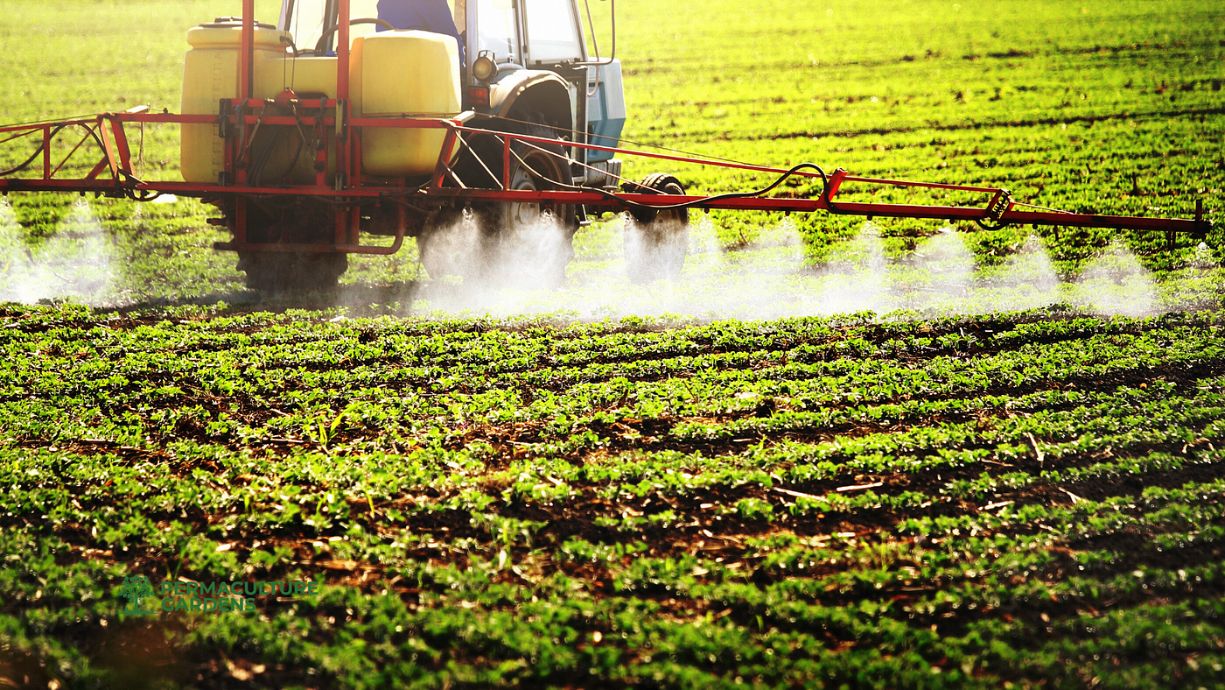
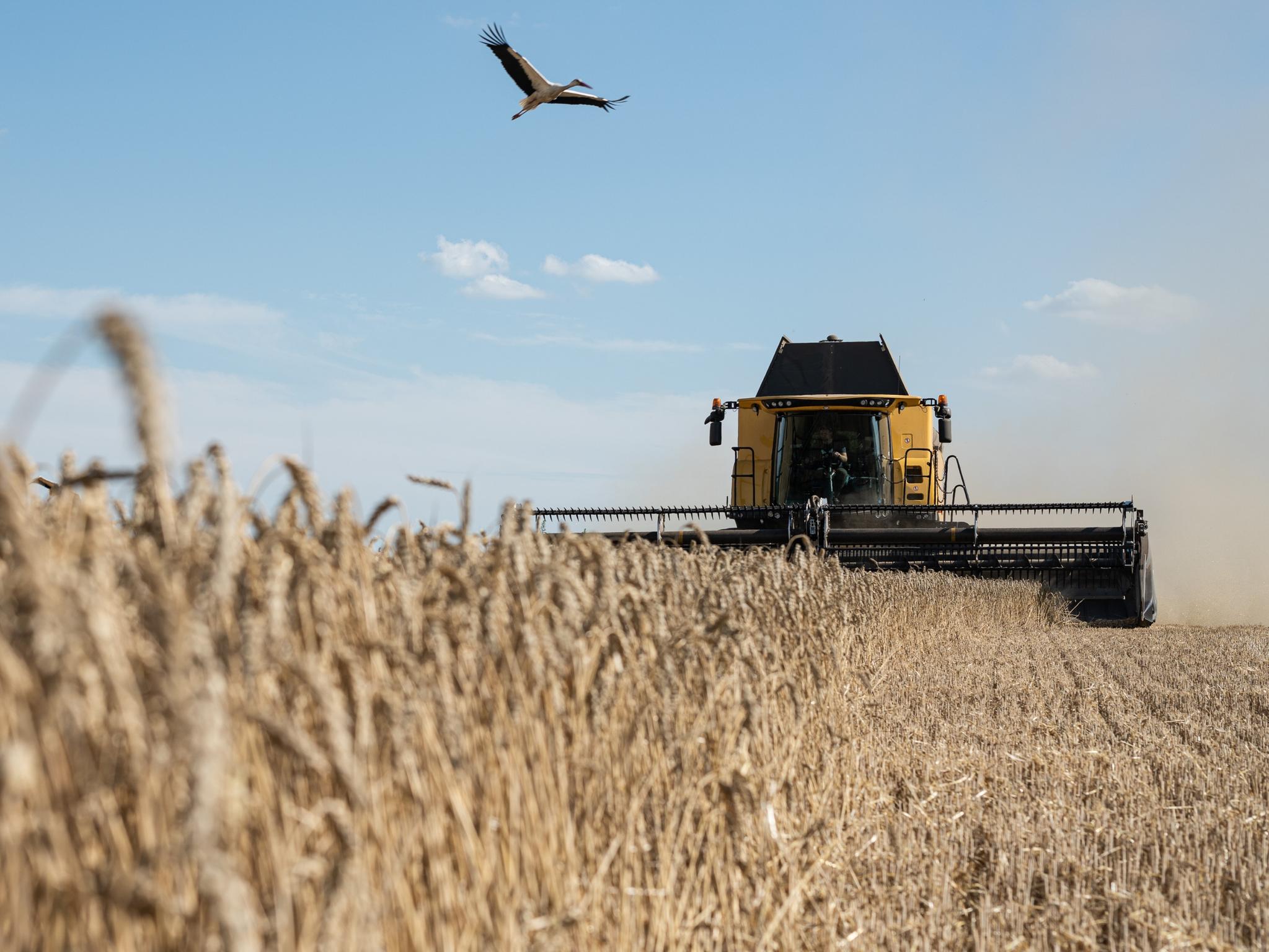

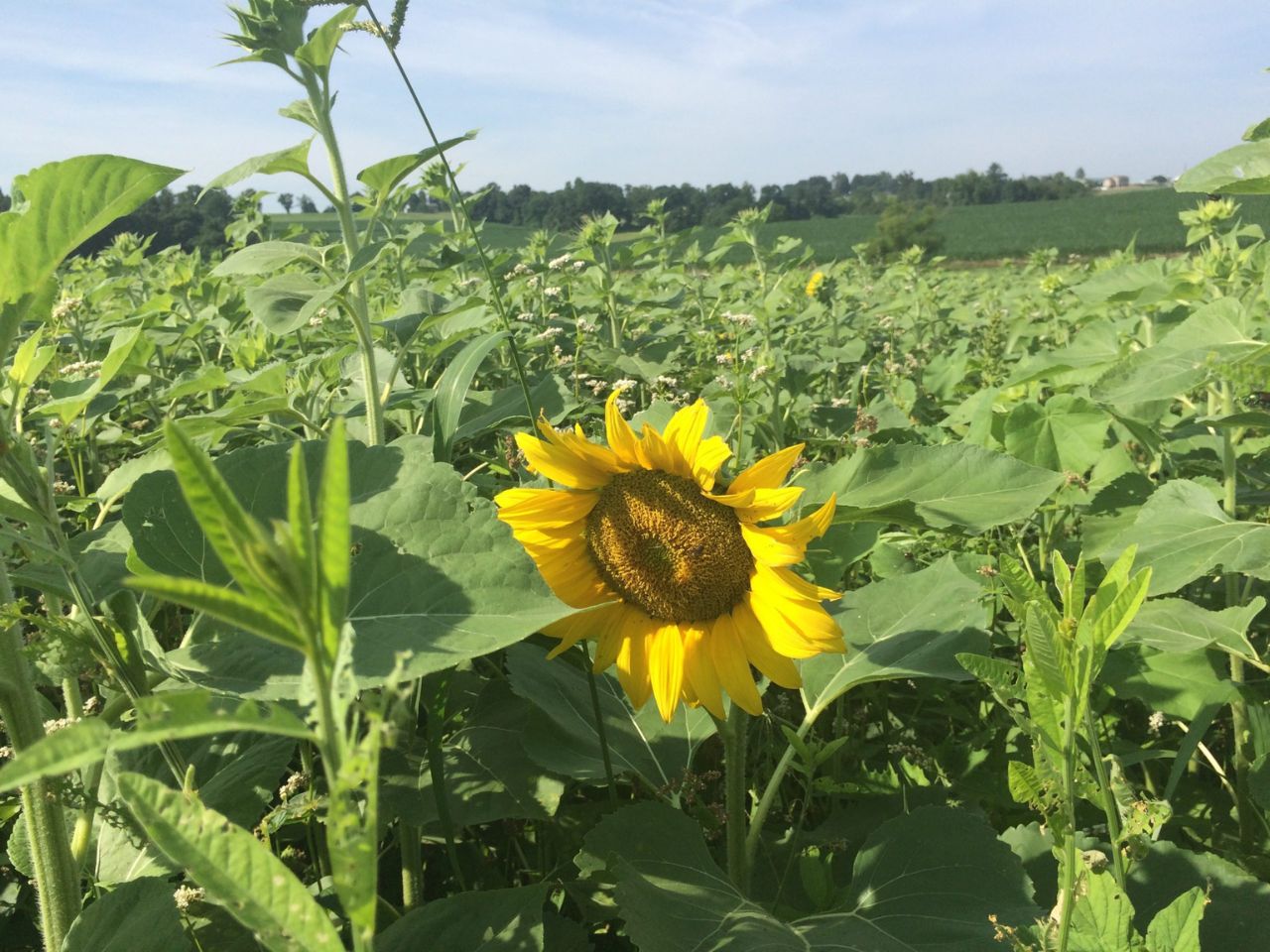
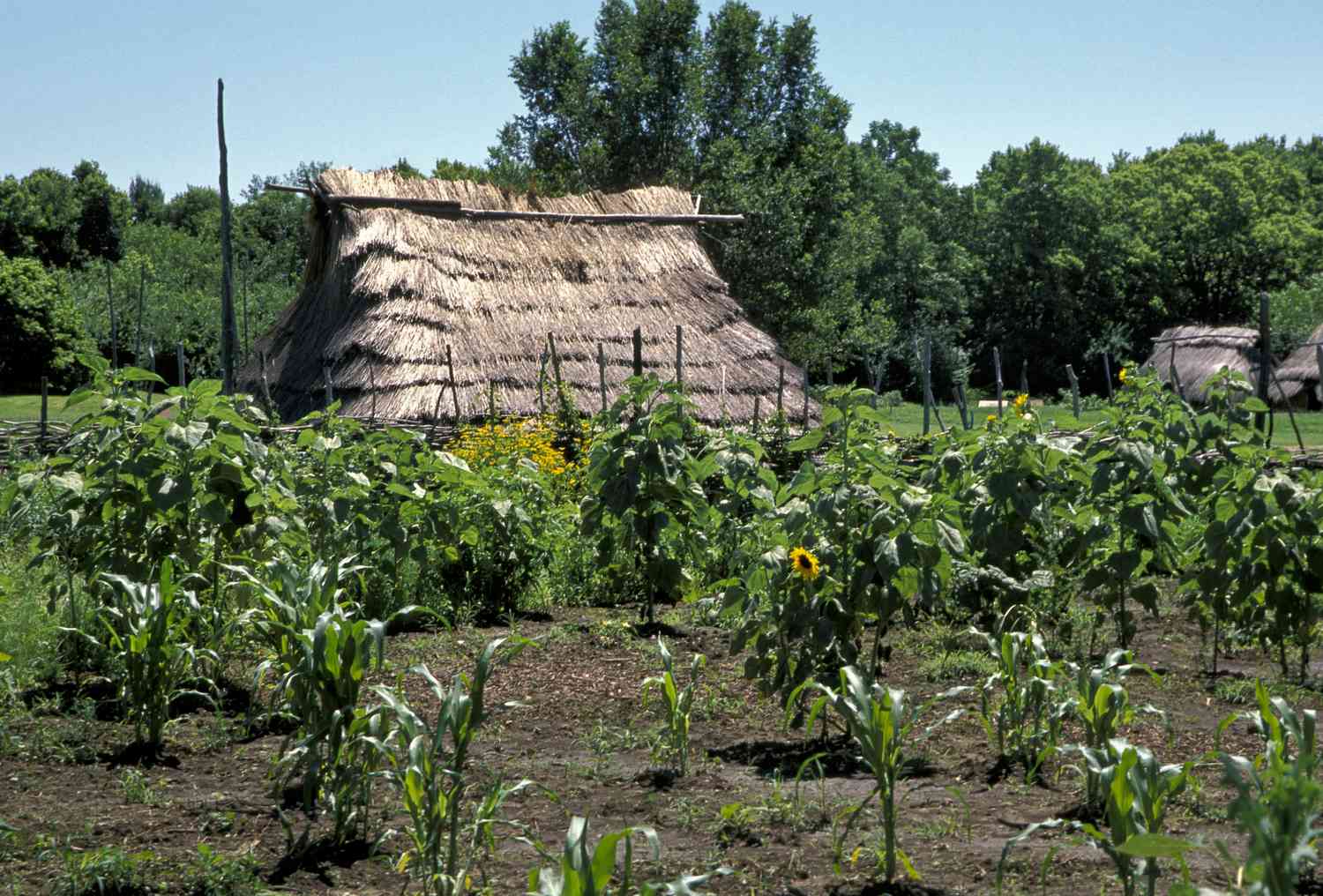
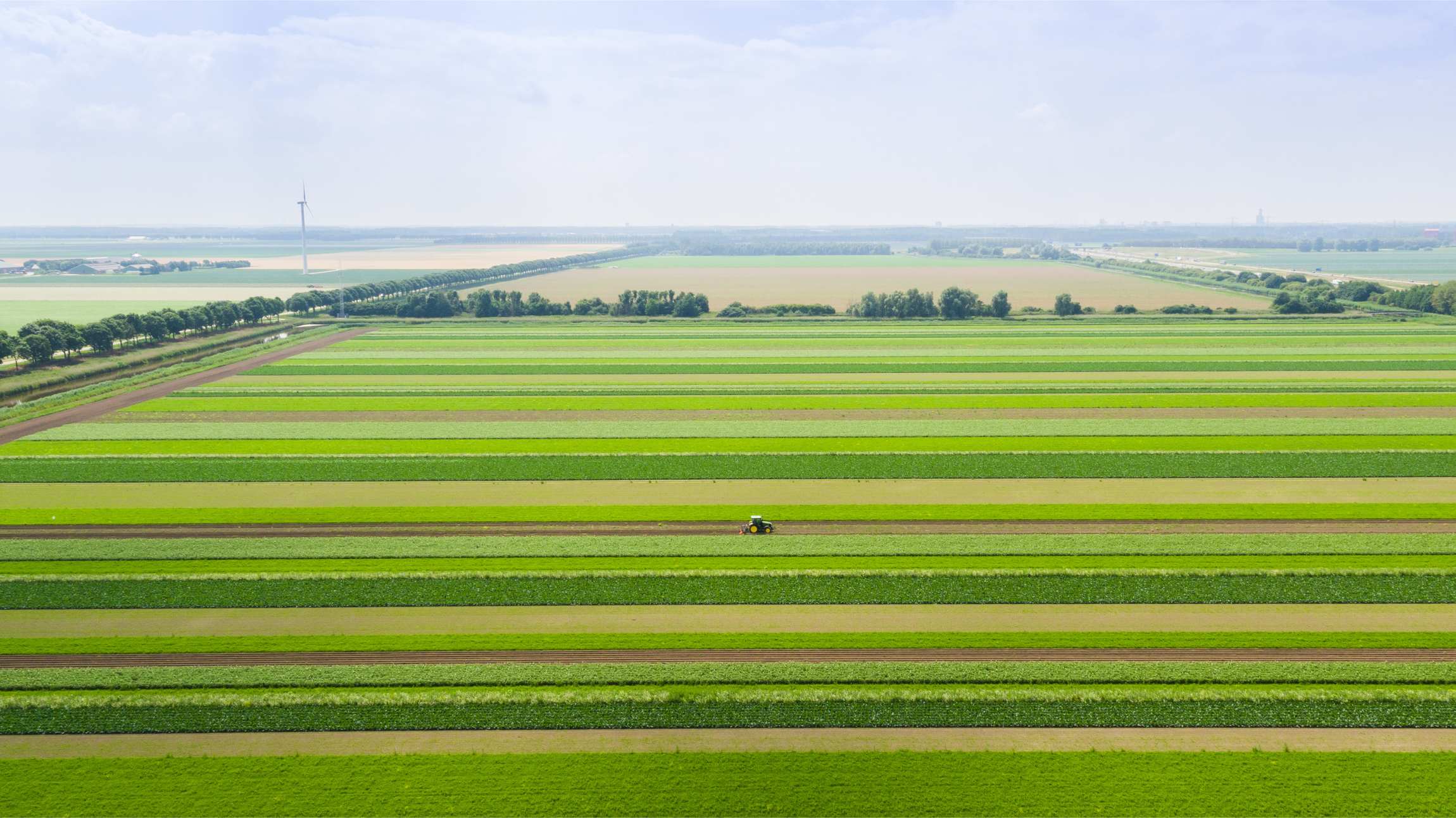
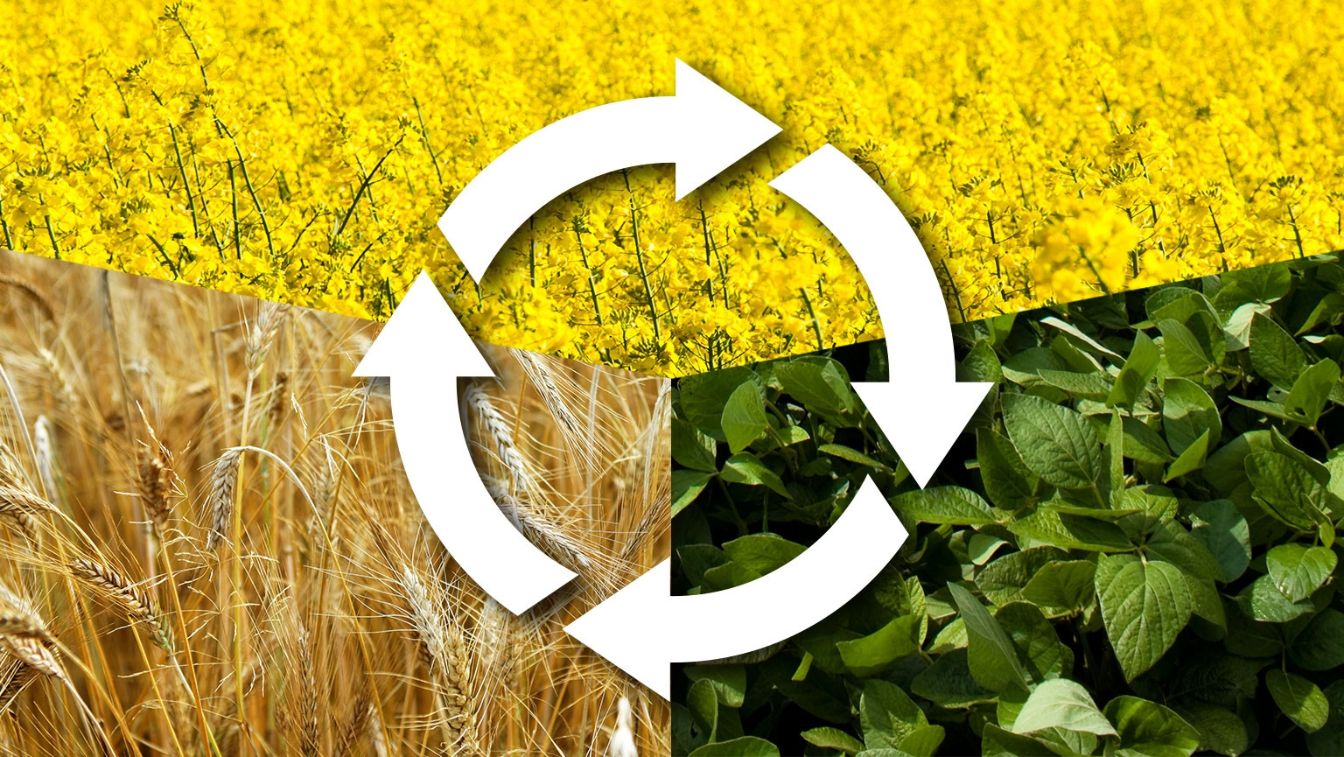
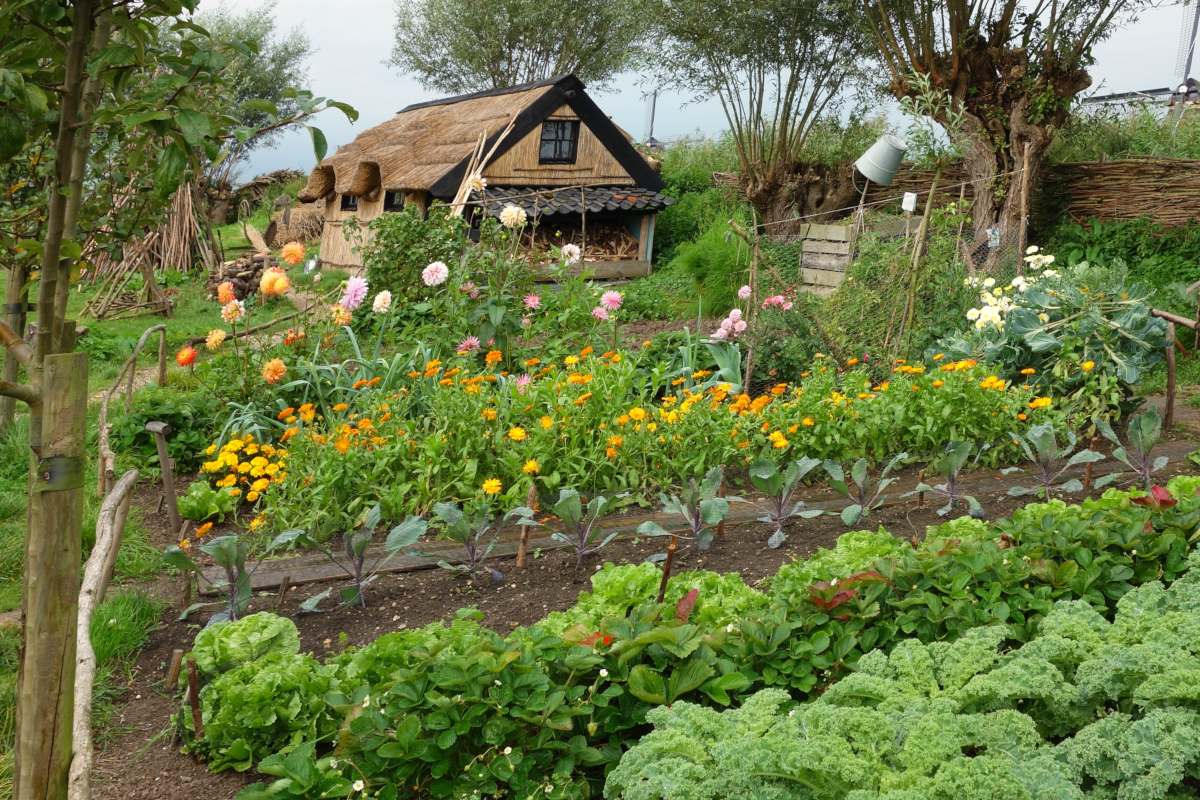


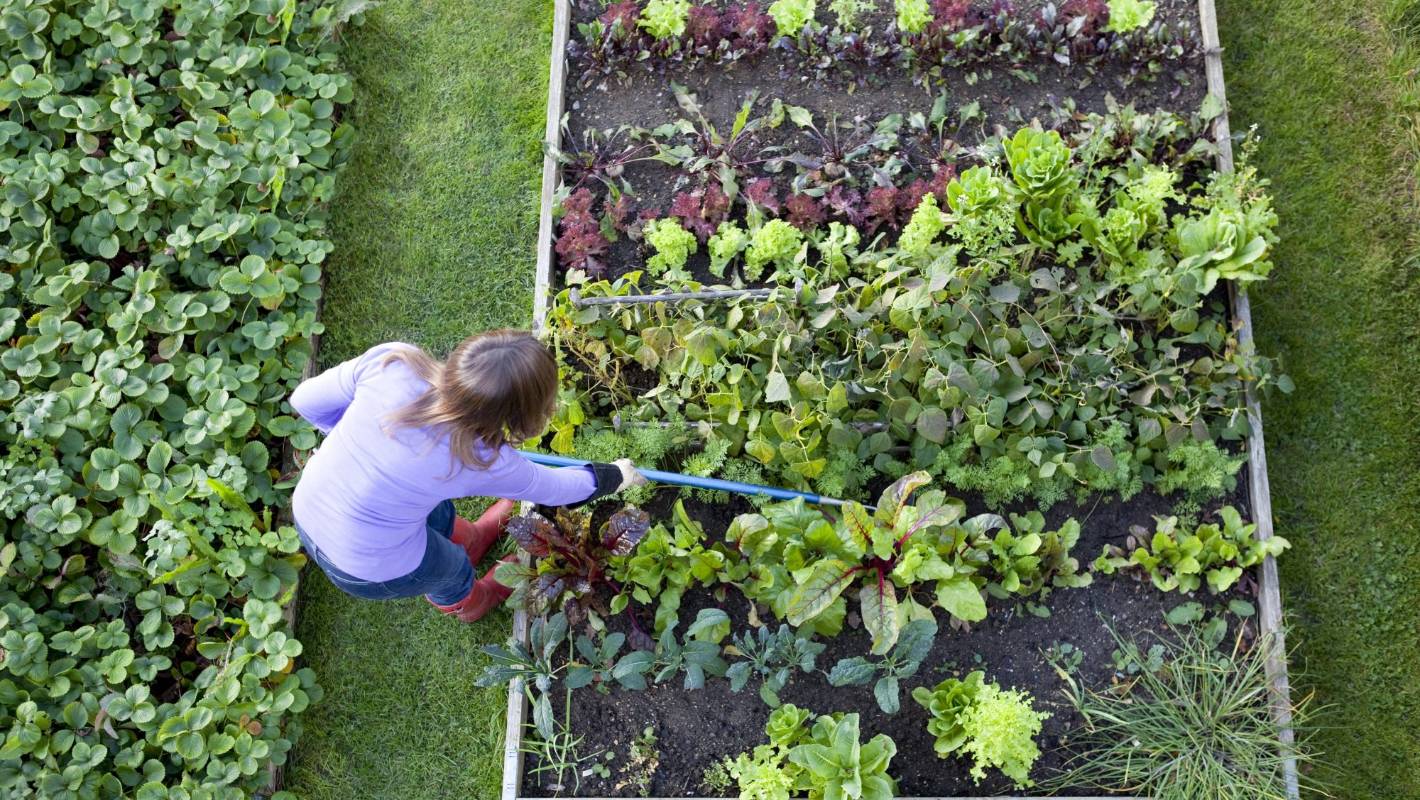

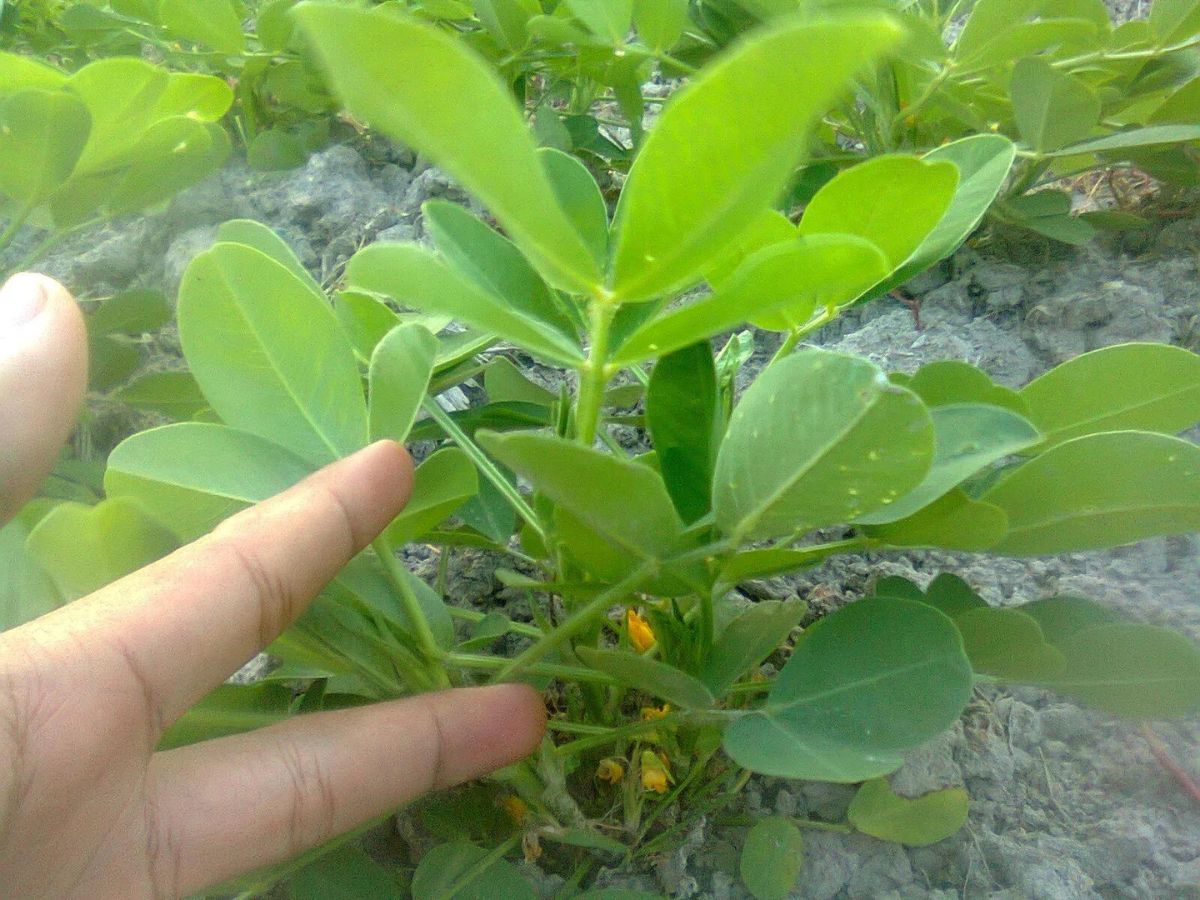
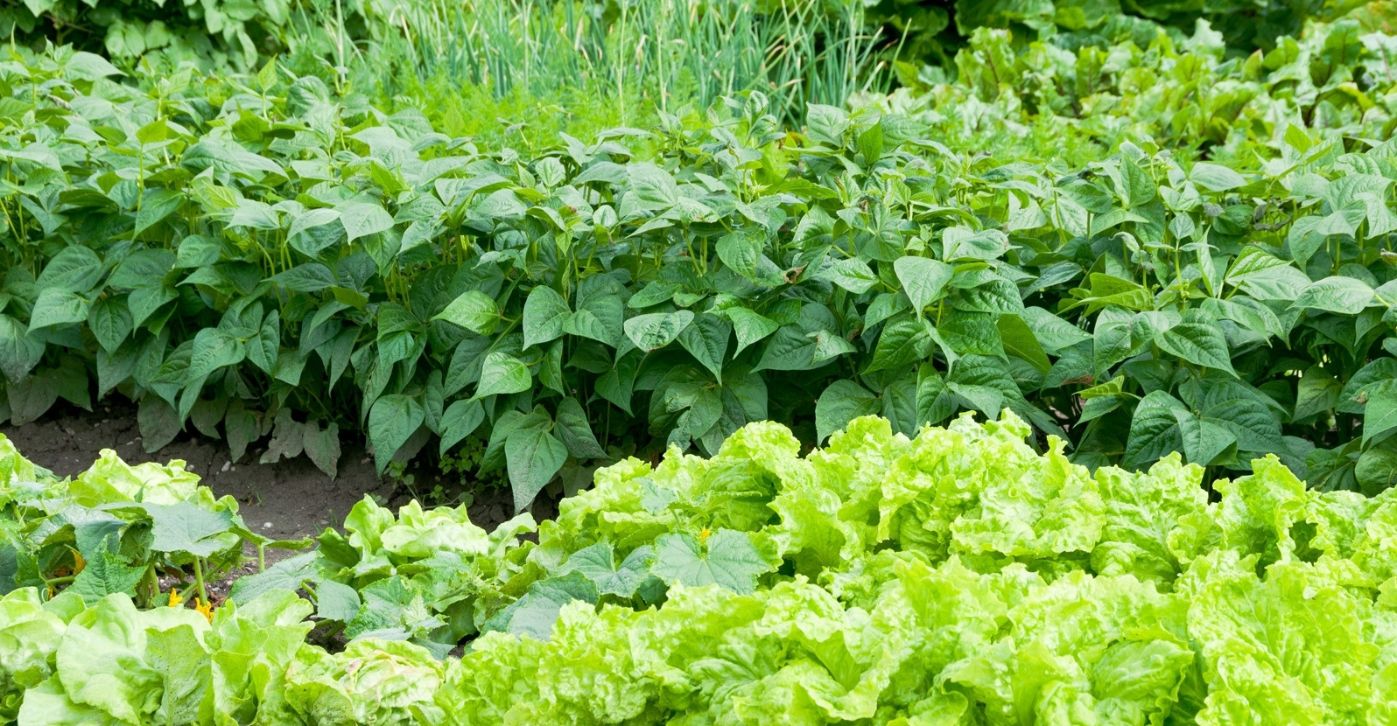

0 thoughts on “How Did Crop Rotation Increase Production In The Agricultural Revolution”